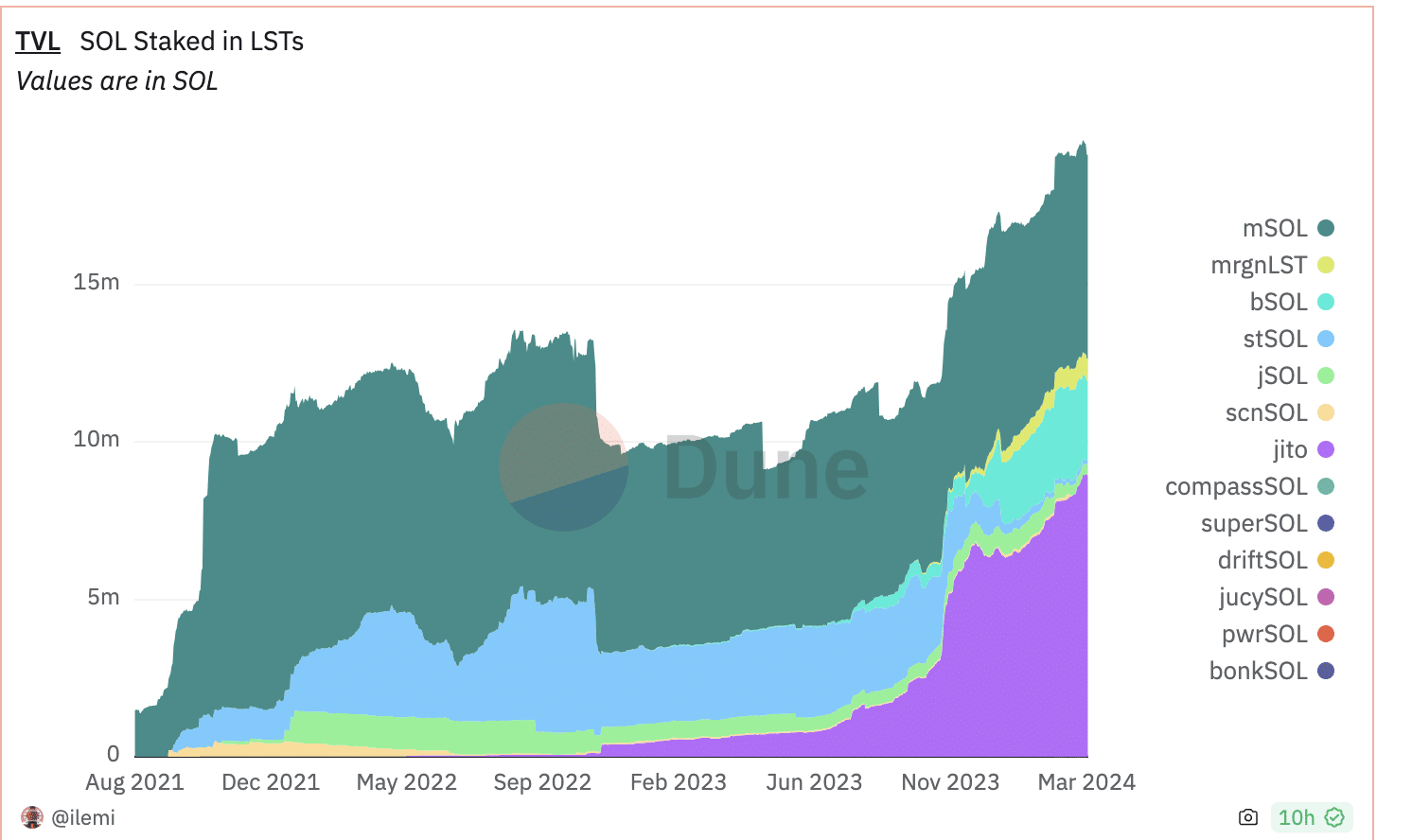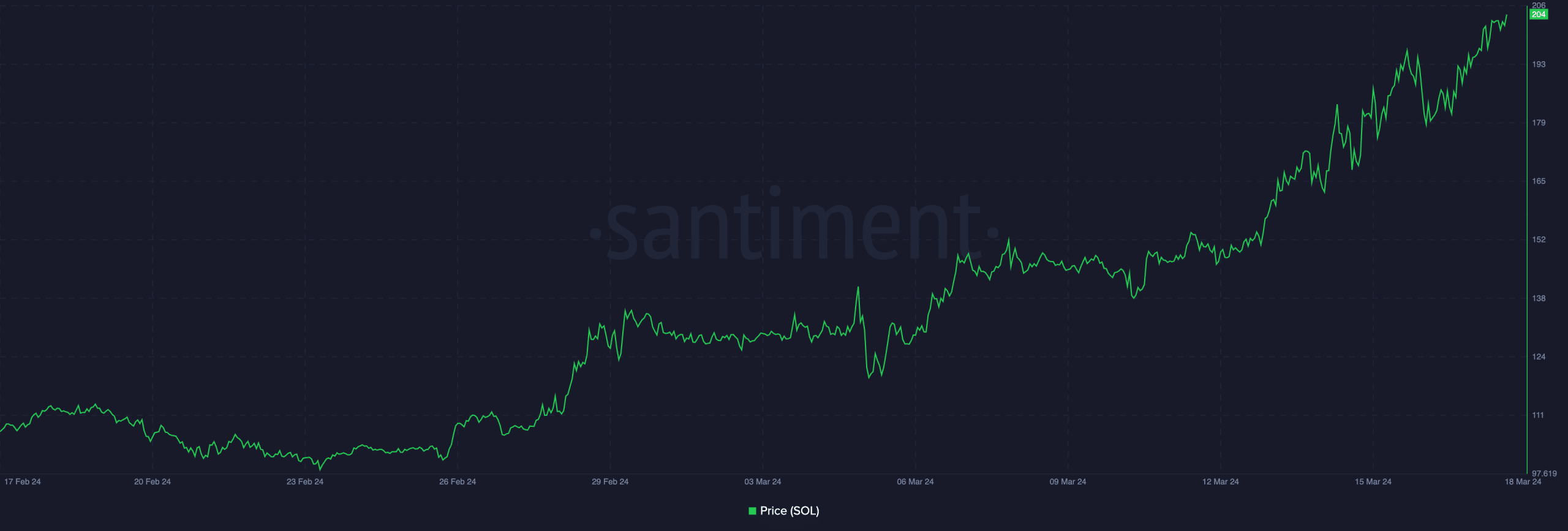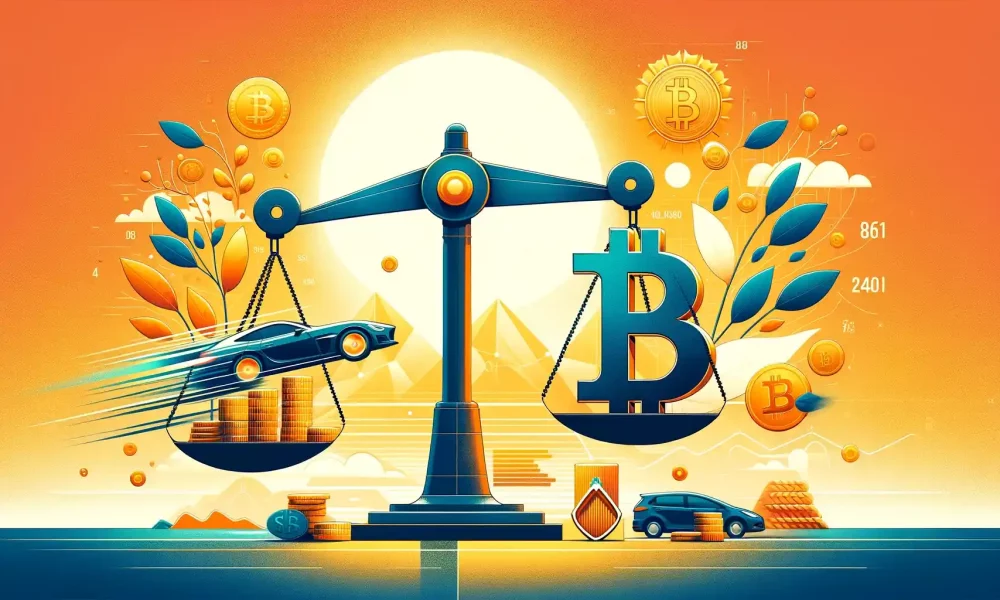- Solana validator fees outpaced fees generated on the Bitcoin network.
- Interest in staking SOL grew as price of SOL surged.
Solana [SOL] has surpassed various altcoins in terms of activity and transactions occurring on the network. However, the network had started to show growth in other areas as well. Data indicated that Solana was able to go toe-to-toe with Bitcoin[BTC] in terms of fees collected on the network.
Higher fees
According to AMBCrypto’s analysis of Artemis’ data, Solana was blowing past Bitcoin in terms of fees generated for validators. The higher fees earned by Solana validators indicate a surge in network activity, suggesting increased adoption and usage of the platform.
The heightened activity not only demonstrates Solana’s scalability but also highlights its efficiency in processing transactions and executing smart contracts.
Moreover, the ability to generate higher fees enhances the attractiveness of Solana for validators, incentivizing their participation and bolstering network security and decentralization.
As Solana continues to outpace Bitcoin in fee generation, it solidifies its competitive position and underscores its potential as a leading blockchain platform, attracting more developers, projects, and users to its ecosystem.

Source: Artemis
While higher fees may indicate increased network activity, some investors worry that Solana’s rapid growth could be unsustainable or potentially indicative of speculative behavior.
There are also concerns about the scalability of Solana’s network and whether it can handle continued growth without encountering technical challenges or bottlenecks.
Solana’s history with downtimes doesn’t help with the sentiment around the network either.
Interest in staking
Apart from validator fees, there was a surge in interest observed in Solana staking as well. Analysis of Dune Analytics data revealed that there was a surge in TVL (Total Value Locked) staked through LST(Liquid Staking Tokens).
Jito was the most popular choice for most stakers as it had captured 46.1% of the overall market share.
The heightened participation in staking bolsters the security and decentralization of the network by locking up more SOL tokens as collateral. This increased security helps safeguard the integrity of transactions and enhances trust in the Solana protocol.
Additionally, staking SOL tokens allows holders to earn rewards.
How much are 1,10,100 SOLs worth today?
This fosters a culture of long-term investment and helps in reducing circulating supply, potentially leading to a more stable token price over time.

Source: @ilemi Dune Analytics
Apart from SOL staking, interest was shown in the SOL token as well. In the last 24 hours, the price of SOL had surged by 10.46%.

Source: Santiment

